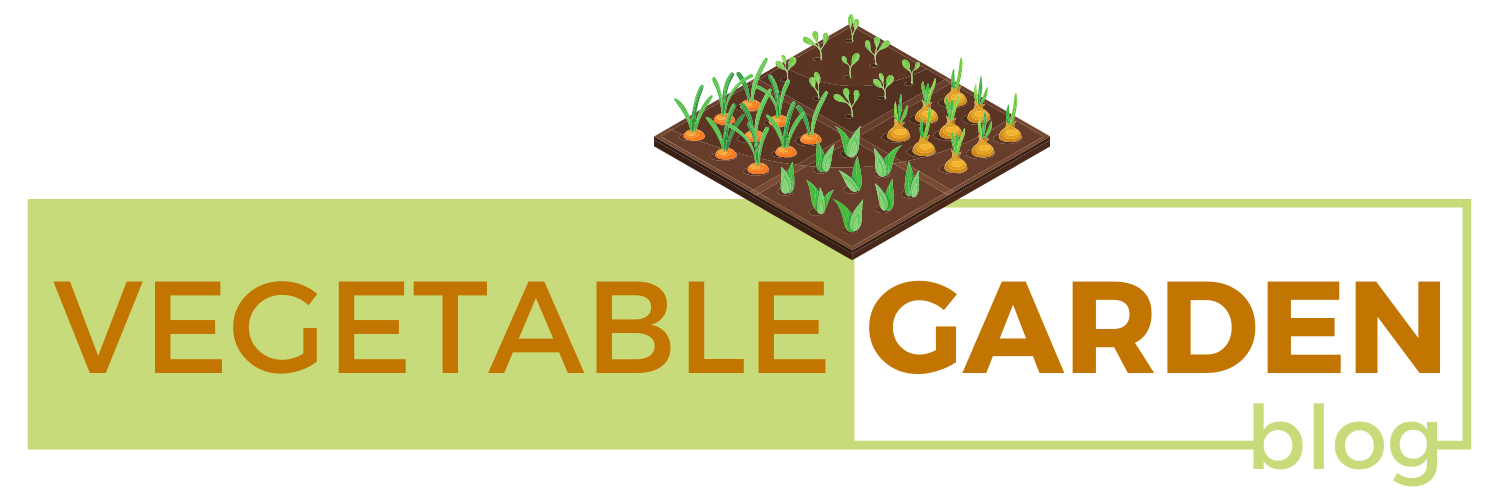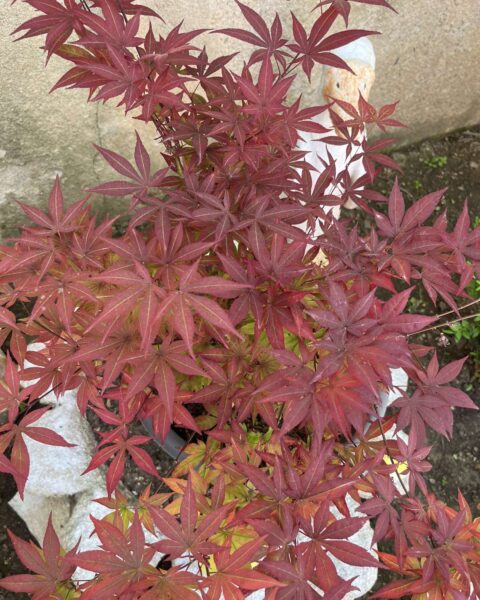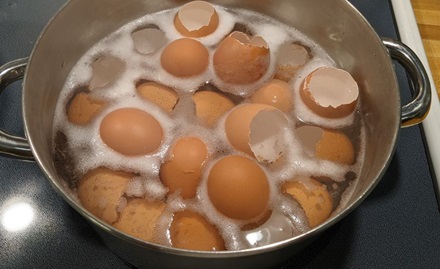In an age where environmental consciousness is at the forefront of many minds, the way we cultivate our gardens holds significant importance. Traditional gardening practices often involve tilling the soil, disrupting its natural structure and microbiome. However, an alternative method known as “no-till gardening” is gaining traction for its ability to foster harmony with nature while yielding bountiful harvests.
No-till gardening is a philosophy that emphasizes minimal disturbance to the soil ecosystem. Instead of overturning the soil with machinery or hand tools, gardeners work to build upon existing layers, allowing natural processes to flourish. This approach mimics the way ecosystems function in the wild, where layers of organic matter decompose and enrich the soil over time.
One of the primary benefits of no-till gardening is its preservation of soil structure. Tilling can disrupt the intricate networks of fungal hyphae, earthworms, and other soil organisms that contribute to nutrient cycling and soil aeration. By leaving the soil undisturbed, these organisms can thrive, creating a healthy and fertile environment for plant growth.
Furthermore, no-till gardening helps to prevent soil erosion and compaction, both of which are common issues associated with conventional tilling practices. The protective layer of organic matter acts as a natural mulch, retaining moisture and preventing soil from being washed away by rain or blown away by wind. This enhances soil structure and fertility over time, reducing the need for chemical fertilizers and pesticides.
Another advantage of the no-till approach is its ability to sequester carbon from the atmosphere. When organic matter is incorporated into the soil, it becomes a carbon sink, storing carbon in the form of humus. This not only helps to mitigate climate change but also improves soil quality by increasing its water-holding capacity and nutrient retention.
Implementing a no-till garden requires a shift in mindset and approach. Instead of relying on intensive tillage and chemical inputs, gardeners focus on building healthy soil through methods such as mulching, cover cropping, and composting. Cover crops, such as clover or vetch, can be planted to protect the soil during the off-season, adding nutrients and organic matter when they are eventually turned into the soil.
Composting is another essential component of the no-till gardening system. By recycling organic waste from the garden and kitchen, gardeners can create nutrient-rich compost that replenishes the soil without the need for synthetic fertilizers. Compost also helps to improve soil structure and moisture retention, promoting a thriving ecosystem of beneficial microbes and earthworms.
In addition to its environmental benefits, no-till gardening can also lead to higher yields and healthier plants. By nurturing the soil rather than depleting it, gardeners create an environment where plants can thrive naturally. This results in stronger root systems, increased resistance to pests and diseases, and higher-quality produce.
As our understanding of ecological systems deepens, so too does our appreciation for gardening practices that work in harmony with nature. No-till gardening offers a sustainable alternative to traditional methods, promoting soil health, biodiversity, and resilience in the face of environmental challenges. By embracing this approach, gardeners can cultivate not only abundant harvests but also a deeper connection to the natural world.





